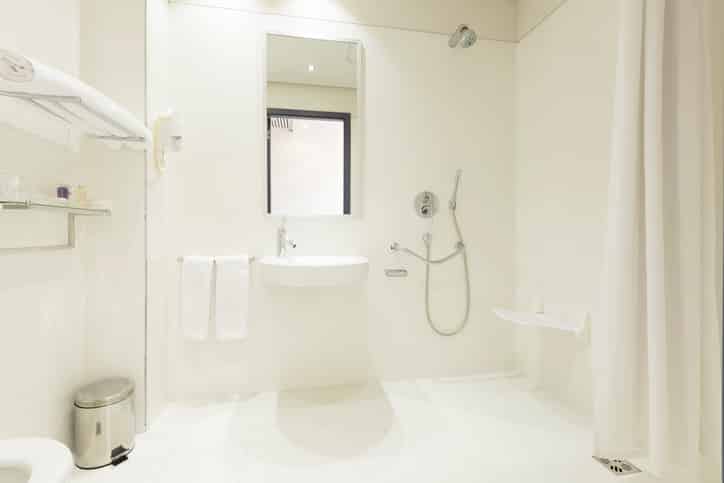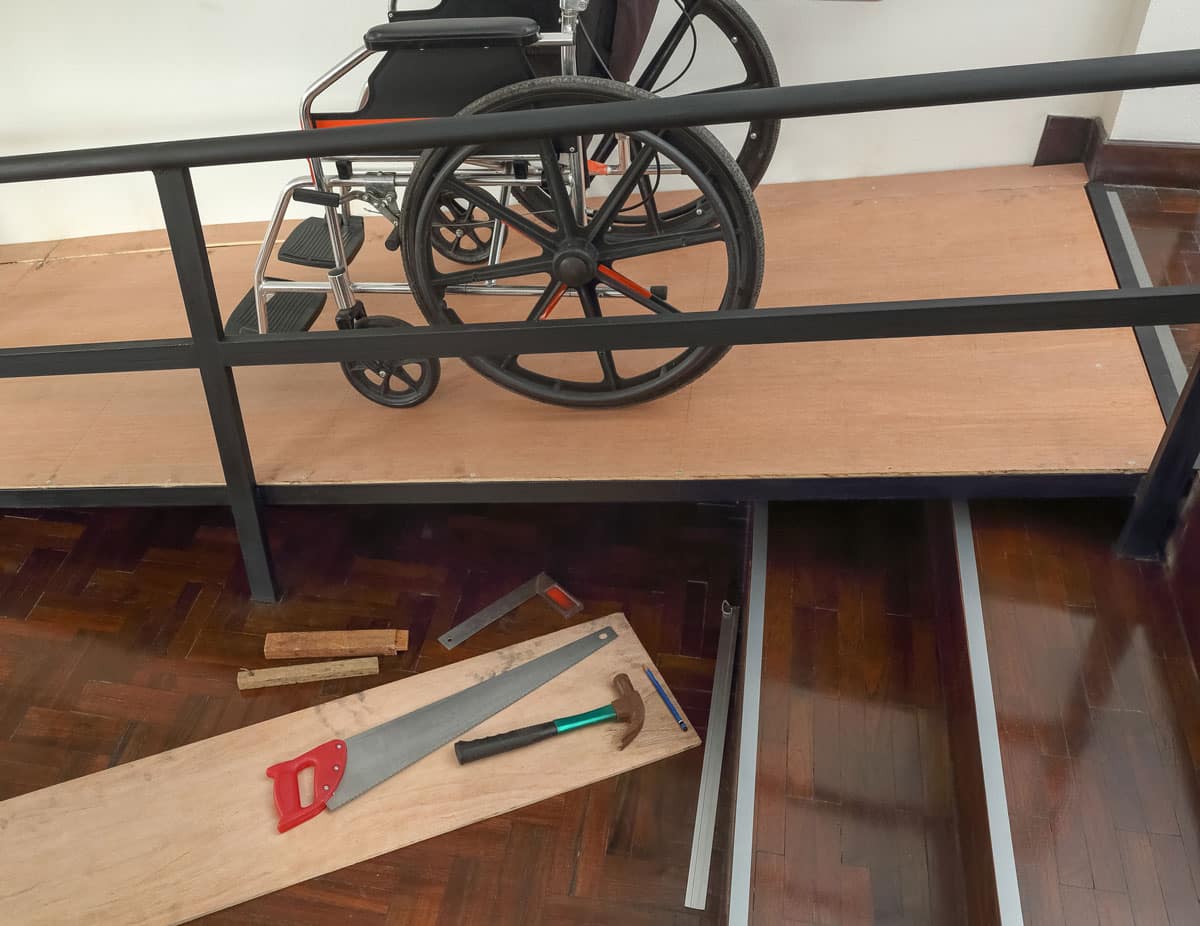Creating a more accessible household doesn’t have to involve big structural changes. In fact, there are several DIY ways and tips that can help you make your home more accessible without breaking the bank. Here we highlight a few of them.
Accessibility That Stays On Budget
Make your home entrance wider and install ramps or lifts
Making the home more accessible without breaking the bank starts by creating an easier entrance. If your house has steps in the front door, installing a ramp can be a great solution for people in wheelchairs to enter. There are many different kinds of ramps in the market, such as permanent, semi-permanent, foldable, etc., that are adjustable to your specific needs. If your doorway also happens to be too narrow, replace it with a sliding or pocket door to create easier access.
Invest in smart home devices
Smart home technology allows individuals to control different features around their home using their mobile devices. This can mean adjusting thermostats, closing and opening shades and blinds, adjusting the lighting, as well as security and monitoring systems, door locks, smoke and carbon monoxide alarms, smart TVs and voice assistants. All of these tools, for someone with limited mobility, can represent a great deal of extra comfort, safety and independence when moving around their home.
Create accessible spaces by rearranging furniture and other small changes
Moving furniture and items around the house is a great way to make your home more accessible without breaking the bank. For wheelchair users, moving things to a lower height– such as a mailbox, mirrors or appliances–so that they’re at eye level can make an enormous difference. Similarly, clearing the floors of rugs and creating open spaces that allow for a 32-inch path and leave enough room for a 5-foot turning radius will facilitate movement for a person with disabilities around the house.
Move a bedroom to the first floor
For people with limited mobility, the stairs can be a highly uncomfortable and unsafe space. By relocating activities, such as eating, sleeping, bathing and living onto one floor, they can enjoy greater independence. This can mean simply moving the bedroom to the downstairs floor, creating a wide accessible room in which compact dressers and desks can be installed and pushing the bed against the wall to increase space.
Make bathrooms more accessible

The bathroom can be a dangerous and uncomfortable place for someone with disabilities. Making changes, such as installing grab-bars, replacing a tub with a walk-in version or a shower unit that is level with the floor can make it easier for you or your loved one to bathe without assistance. If your bathroom is too small, reversing the swing of the door so that it opens outwards instead of inwards can instantly add more space for a wheelchair user to maneuver around. Removing the cupboard doors below the sink can also provide good legroom for them to comfortably brush their teeth and wash their hands.
Make your kitchen accessible by lowering counters and appliances
The standard kitchen counter is designed for the use of people of average height, which is definitely higher than necessary for someone in a wheelchair. Therefore, lowering the counters or adding a pull-out cutting board to use as a lowered prep surface can be a great accommodation.
Make your refrigerator accessible by purchasing one that includes the freezer beside it instead of on top and has a water and ice dispenser placed on the door, so that access to fresh water is made easier than having to take it straight from the sink. Remember to make appliances and groceries available to everyone by placing them on the lower shelves and racks.
It only takes a little time and certain considerations to make your home more accessible without breaking the bank. Ensuring a greater deal of security and independence will make it easier to enjoy the comforts of home and improve the overall quality of life for your or your loved one.

 p-t0">
p-t0">